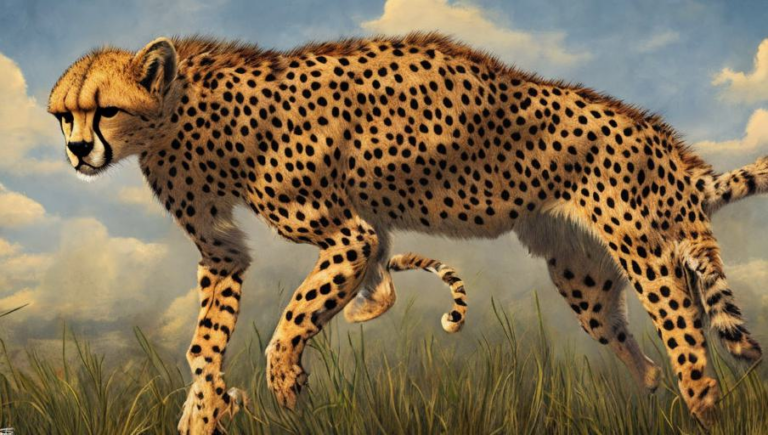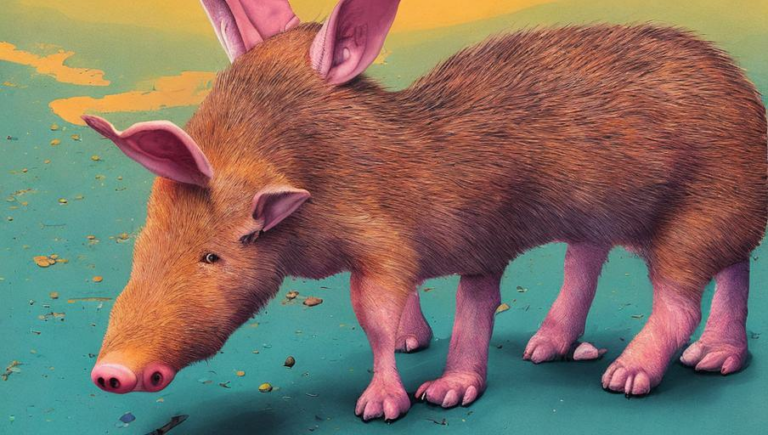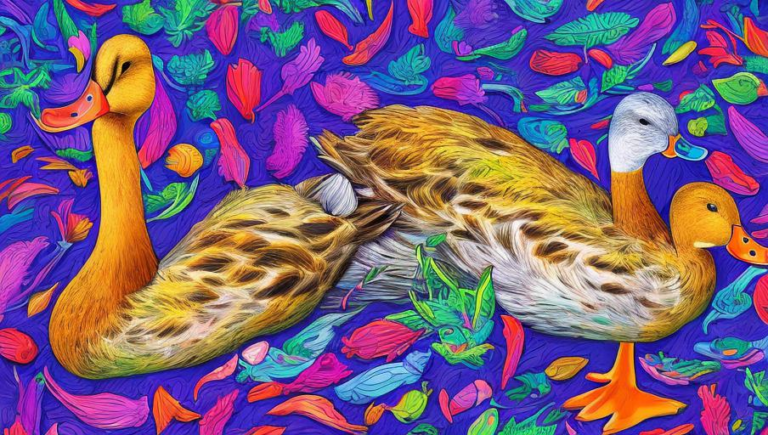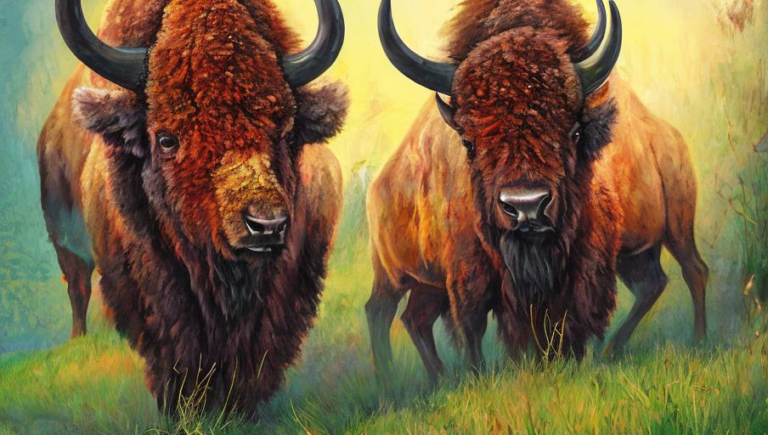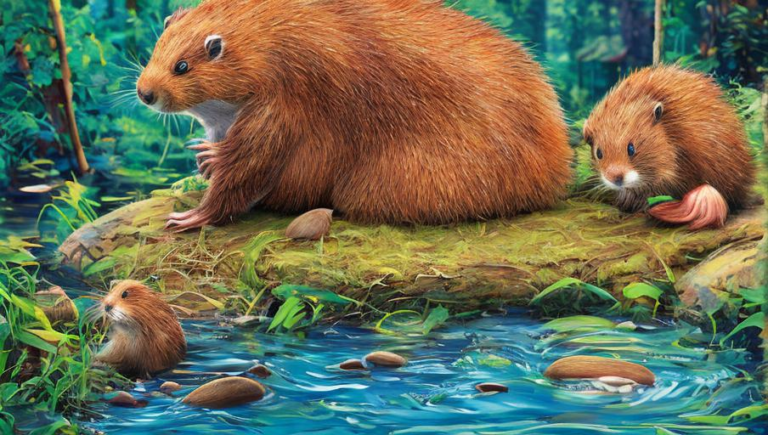A Day in the Life of an Aardvark
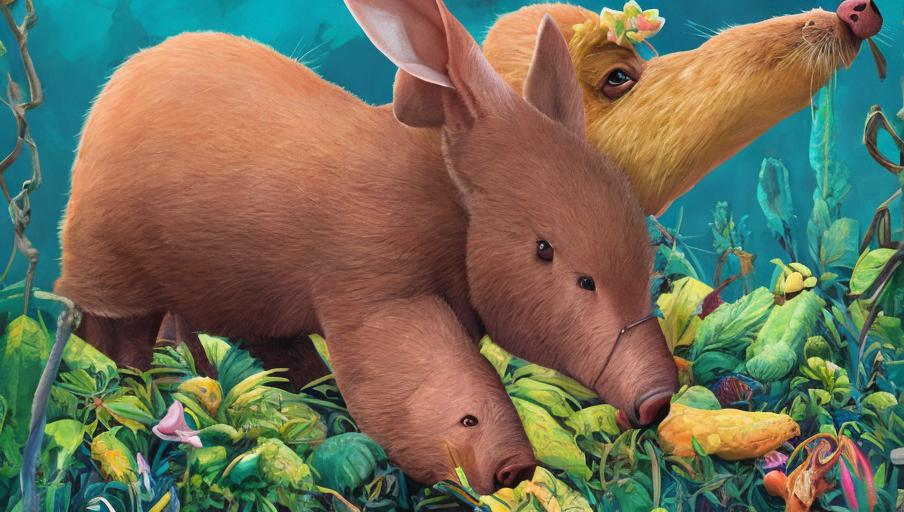
Introduction to the Aardvark
The aardvark is a fascinating creature, one that lives in Africa and is the only living species of its family. It is an unusual looking animal, with a long snout, powerful legs, and a thick, leathery hide. Its ears, which are very large, can be used to detect the sound of its prey. The aardvark is an herbivore, and its diet consists of ants, termites, and other small insects.
Habitat and Behaviour of the Aardvark
Aardvarks are nocturnal, meaning they sleep during the day and come out to hunt at night. They live in burrows, which they dig with their powerful claws. These burrows can be up to six feet deep and can be as long as 10 feet. Aardvarks use their burrows as a form of protection from predators, as they can easily retreat into the tunnels and hide. They are also capable of digging new tunnels to escape danger if necessary. When aardvarks are not sleeping or digging, they can often be seen foraging for food.
The Diet of an Aardvark
The main diet of an aardvark consists of ants and termites. They use their long, sticky tongue to capture the insects, which they then swallow whole. Aardvarks also eat other insects such as beetles, and occasionally fruits and vegetables. They have also been known to eat small vertebrates, such as lizards and mice.
Threats to the Aardvark
Unfortunately, the aardvark is facing several threats in its natural habitat. One of the primary threats is habitat destruction, as their burrows are often destroyed when land is cleared for human development. In addition, they are often targeted by poachers for their meat, and there is a growing demand for aardvark parts in traditional medicine. Finally, they are also increasingly threatened by climate change, as changing temperatures and weather patterns can affect their ability to find food.
Conservation Efforts for the Aardvark
Fortunately, conservation efforts have been established to protect the aardvark and its habitat. Several organizations, such as The Aardvark Conservation Project, are working to protect the species and its habitat. In addition, more education is being provided to local communities about the importance of aardvarks, and the need for conservation. Finally, aardvark sanctuaries have been created in several countries to provide a safe haven for the species.
Conclusion
The aardvark is a fascinating creature, with an unusual appearance and fascinating behavior. It is facing many threats, however, and conservation efforts are needed in order to ensure its future. With the right support and protection, the aardvark can continue to thrive in its natural habitat.
